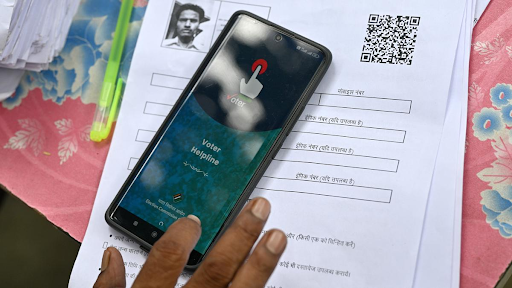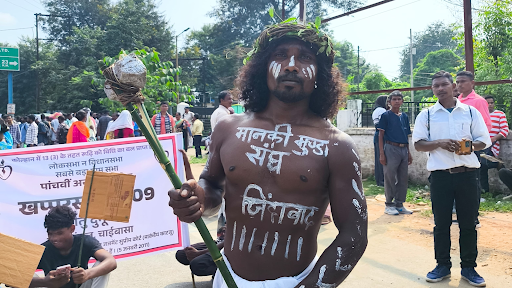



The Annual South Asia Press Freedom Report 2024–25 reveals severe press freedom decline in the region, driven by authoritarianism, violence, and economic strain. India ranks 151st globally, with the media facing legal and political pressures. Despite challenges, digital platforms offer hope through alternative media resisting state and corporate control.

Copyright infringement not intended
Picture Courtesy: THE HINDU
The Annual South Asia Press Freedom Report 2024–25 exposes declining press freedom in India and the region.
The Annual South Asia Press Freedom Report 2024-25, titled Frontline Democracy: Media and Political Churn, released by the International Federation of Journalists (IFJ) on World Press Freedom Day, May 3, 2025.
The report declares that press freedom in South Asia is crumbling under authoritarian policies, economic pressures, and violence against journalists. Across the region, governments are tightening their grip on media to control narratives and silence dissent.
Violence and Impunity
The report records 250 media rights violations between May 2024 and April 2025, including 69 journalists jailed and 20 killed.
Pakistan stands out as particularly dangerous, with eight journalists murdered, marking its most violent year for media in two decades.
The murder of Mukesh Chandrakar in Bastar, where he was abducted and buried in a septic tank, highlights the risks journalists face.
Most South Asian governments fail to punish those responsible, allowing impunity to flourish.
Authoritarian Control
Pakistan operates as an “authoritarian regime under the guise of democracy,” using censorship and violence to restrain the press.
Afghanistan, under Taliban rule, has seen media rights descend, with 172 violations recorded.
Bangladesh faced nearly 300 attacks on journalists during political protests.
Bhutan’s press freedom ranking dropped from 33rd in 2021 to 152nd in 2025.
Economic and Technological Challenges
Journalists face a “shrunken job market” due to declining advertising revenues, corporate media mergers, and new labour codes promoting contract work.
The rise of Artificial Intelligence (AI) in newsrooms threatens jobs and fuels misinformation, as AI-generated content spreads unchecked.
Freelance journalists, or gig workers, tolerate extreme pressure, with over 250,000 digital media workers in Pakistan lacking legal protections for fair wages or safety.
Digital Opportunities
Despite the challenges, the shift to digital platforms offers hope. Alternative media, such as independent blogs and YouTube channels, is growing as a counterbalance to traditional “legacy” media, which sometimes aligns with government or corporate interests.
|
India ranks India 151st out of 180 countries in the 2025 World Press Freedom Index by Reporters Without Borders (RSF), an improvement from 159th in 2024 but still alarmingly low. The Indian media faces a “systemic strategy” to shackle its independence, driven by legal, political, economic, and technological pressures. |
Must Read Articles:
Source:
|
PRACTICE QUESTION Q.Which organization released the Annual South Asia Press Freedom Report 2024-25 titled Frontline Democracy: Media and Political Churn? A) Reporters Without Borders (RSF) B) International Federation of Journalists (IFJ) C) Committee to Protect Journalists (CPJ) D) United Nations Educational, Scientific and Cultural Organization (UNESCO) Answer: B Explanation: The "Annual South Asia Press Freedom Report 2024-25, titled Frontline Democracy: Media and Political Churn", released by the International Federation of Journalists (IFJ). |








© 2026 iasgyan. All right reserved